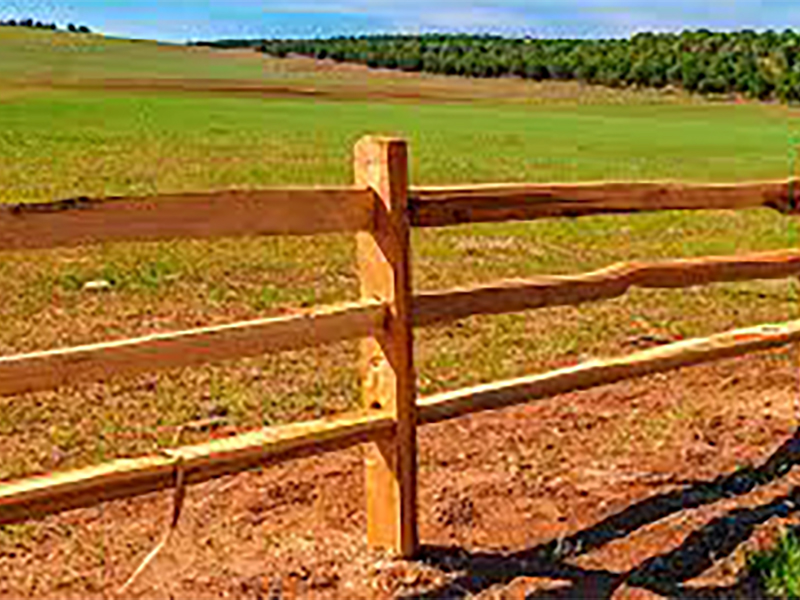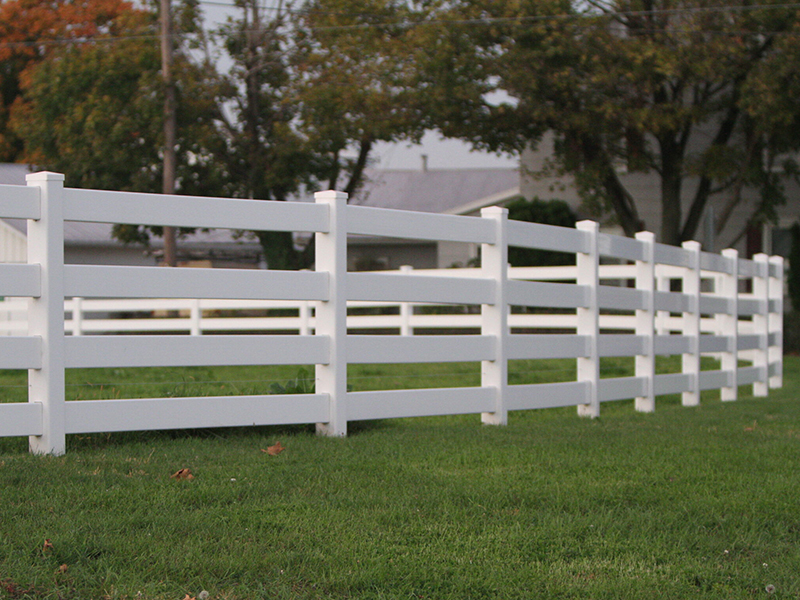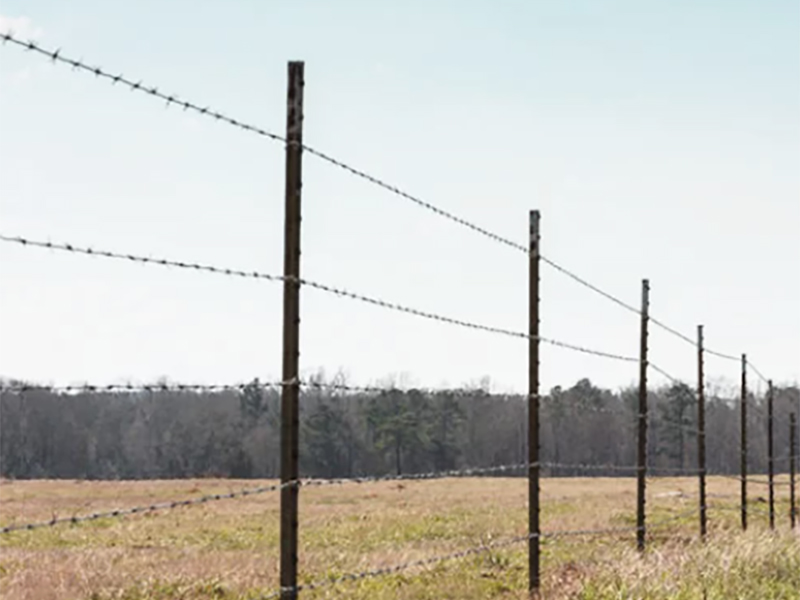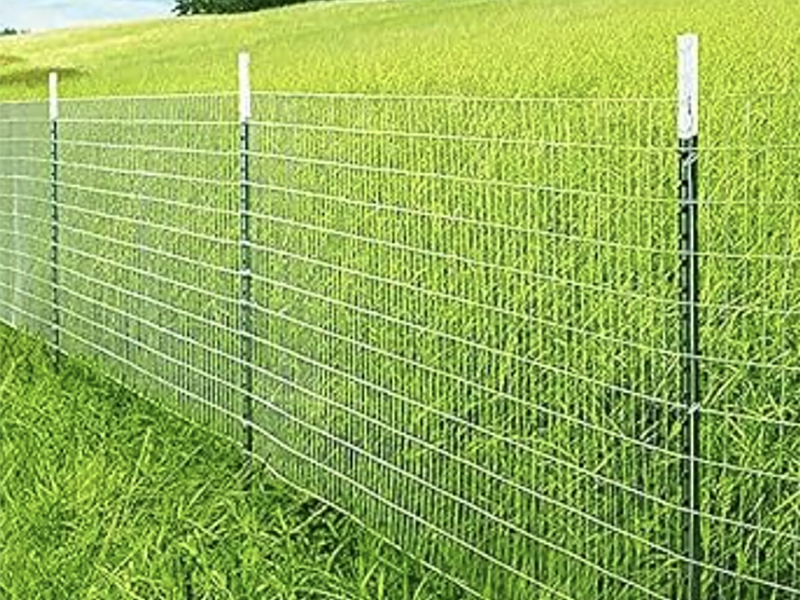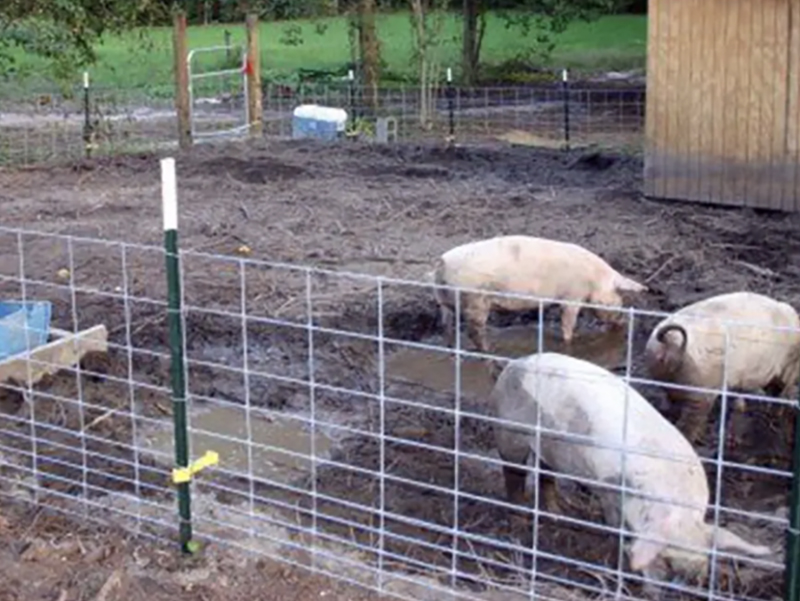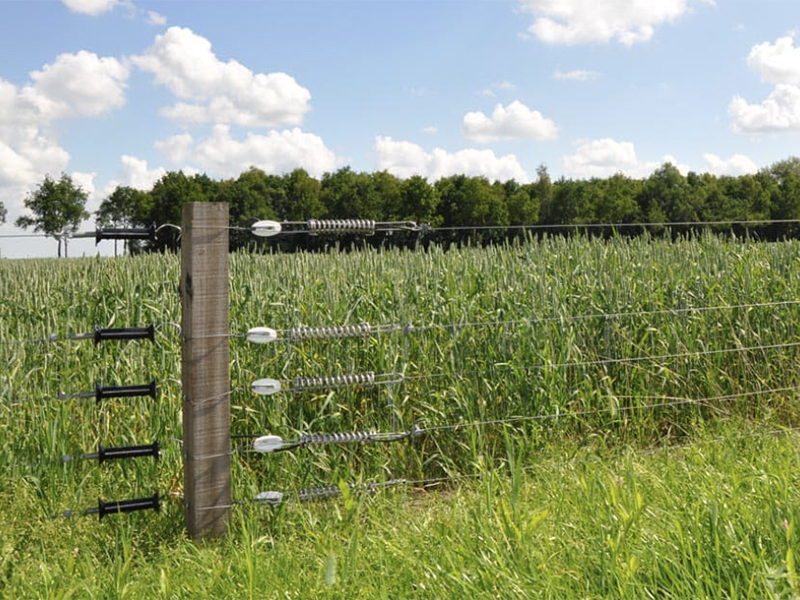Agricultural Sales
Purpose
The purpose of the FFA Agricultural Sales Career Development Event is to evaluate and demonstrate skills that are essential for an individual to be successful in the agricultural sales career. Students will also develop an understanding of the opportunities available in the sales industry. The process of selling agricultural products is essential for the production and marketing of agricultural products.
Objectives
The agricultural sales career development event provides the opportunity for the participant to:
- Develop verbal, written and interactive communication skills.
- Demonstrate skills to build rapport with customers.
- Discuss features and benefits of a product.
- Identify potential customer objections.
- Introduce the product to prospective customers.
- Develop a sales call that determines and addresses customers’ needs and objections.
- Attempt to close the sale by asking for a customer’s buying decision.
- Identify and demonstrate the use of questions throughout the sales process.
- Develop active listening skills.
Event Rules
- The team will be composed of four students, and all four individual scores will count toward the team total.
- FFA Official Dress is required for this event.
- Contestants will be allowed to have a personal calculator with them during the written test, but NOT in other parts of the contest. Any participant in possession of an electronic device, except a calculator, in the event area is subject to disqualification.
- Additional notes, books, or paper will not be allowed in the contest room.
- Business cards are not permitted and will not contribute to the individual or team scores.
Event Format
The event will be composed of three parts. Individual scores will be composed of the written exam and individual sales activity. The team score will be comprised of the team activity and all individual scores.
The product(s) utilized in the event and activity examples will be posted prior to
the event on the OSU CDE webpage. Provided product information may include appropriate company information and price
list.
Each participant will be allowed to bring a 1-inch binder to the event containing
the provided product information and any other information gathered by the participant.
- Equipment
- The written examination scan sheet will be provided by the contest superintendent. All other equipment will be provided by the contestant, including a calculator and pencil.
- Event Schedule
- Each contestant shall complete the event in the time allotted:
- Written Exam - 30 minutes
- Team Activity - 40 minutes
- Individual Activity - 20 minutes
- Each contestant shall complete the event in the time allotted:
- Individual Written Exam - 100 points
- The written exam is designed to evaluate an individual’s knowledge of sales skills. The questions will be obtained from the previous questions used in National FFA competition. There will only be multiple choice questions. The test will consist of twenty-five (25) questions worth four (4) points each.
- All questions will be multiple choice.
- Students will answer using a scantron sheet; only answers filled in on the scantron sheet will be counted. Point values will be assigned to each question based on the skill level of the question.
- Bringing a calculator is strongly encouraged for this part of the contest (although calculators are not permitted in the other parts of the contest).
- Team Activity - 150 points
- Team members will work together to demonstrate teamwork, group dynamics, problem-solving, data analysis, decision making and oral communications.
- Teams will be allowed to use their 1-inch binder for the event.
- The following information will be provided to the team as if they were a group of
salespeople working together to develop the pre-call planning prior to conducting
a sales call.
- Product information (see below).
- Profiles of different customers (at the event).
- Paper and pencils. No presentation equipment such as laptops, flipcharts or dry erase boards will be allowed.
- Teams will be allocated a 20-minute period to examine the provided information and prepare responses to potential questions regarding the pre-call plan. The preparation phase will not be judged.
- Each team is required to present their sales plan to the judges within a 10-minute timeframe, ensuring participation from all team members. Following the presentation, judges will have 10-minutes to ask questions to the team members.
- Students must articulate the rationale behind their decisions in the pre-call plan, basing their explanations on established selling principles.
- Individual Sales Activity - 150 points
- Information and product(s) from team activity will be used in the individual sales
activity. (Individual activity will be conducted after the team activity).
- Participants will meet with a judge who will be playing the role of one of the four hypothetical customers profiled in the team activity.
- Participants are to implement their strategy for developing a rapport with the customer and determine which of the four hypotherical customers the judge is role playing.
- The judge(s) will act as the customer, which may include not buying the product. Participants will have to establish rapport, ask probing questions to ensure they meet the customer’s needs and clarify customer information as a part of the sales call.
- Participants will have 20 minutes to interact with the judge(s). Participants are allowed to use their 1-inch product information binder during the individual activity.
- Information and product(s) from team activity will be used in the individual sales
activity. (Individual activity will be conducted after the team activity).
Scoring
| Activities | Individual Points | Team Points |
|---|---|---|
| Written Exam | 100 | 400 |
| Team Activity | - | 150 |
| Individual Sales Call | 150 | 600 |
| Maximum Points | 250 | 1,150 |
Tiebreakers
Individual
In the event of a tie in individualized scores, the following events will be used to determine award recipients:
- Written exam.
- Individual sales call.
- Team activity.
Team
In the event of a tie in team scores, the following events will be used to determine award recipients:
- Written exam.
- Team activity.
- Total individual sales activity.
Product Information
This year, students will assume they are a company that sells and installs the six fencing types seen below. For each fence type there are sometimes features that can be added. This is a company that specializes in fencing for livestock, not homes. The products are specifically designed for animals such as cattle, horses, goats, sheep, and hogs. The company has no experience with animals such as buffalo, chickens, or exotic animals.
There is a general description of each fence type, their costs, some advantages and disadvantages, and features that can be added below. Here are some other considerations to bear in mind.
- Know that some customers will place considerable emphasis on aesthetics while others will only care about effectiveness and costs.
- Know also there are ways of combining fence types. For example, strands of electric wire can be added to wood or vinyl fencing to preserve attractiveness while improving its effectiveness.
- Also keep in mind the size of the animals and their penchant to escape. Horses and cattle are large and rarely test the fencing, but pigs and goats can be something of an escape artist.
- Some customers will want it to be convenient to cross a fence, and if they have frequent visitors (g., agritourism) they may want to avoid barbed or electric fences.
- Although you will not know the four customer types until the day of the contest, you
may assume
- They only possess cattle, horses, pigs, sheep, or goats.
- The fencing is for a farm where they do not have to comply with HOA rules.
See the six fencing categories below:
Wood Split Three Rail Fencing
- Construction cost per foot: $15
- Annual maintenance cost per foot: $0.50
- Advantages: Highly attractive.
- Disadvantages: Low security and privacy. Can hold horses but not most other livestock. No predator protection.
- Additional features: a strand of electric wire can be added to prevent animals from pushing on the fence to scratch themselves. This increases the construction costs by $0.05 per foot and annual maintenance costs by $0.0025 per foot. For two strands, multiply these numbers by two.
Vinyl Split Rail Fencing
- Construction cost per foot: $22
- Annual maintenance cost per foot: $0.10
- Advantages: Attractive. Durability. Resistant to weathering, rotting, and insect damage. Easy to clean. Stays attractive with minimal care.
- Disadvantages: Vinyl can crack in very cold climates. Can hold horses but not most other livestock. Little predator protection.
- Additional features: a strand of electric wire can be added to prevent animals from pushing on the fence to scratch themselves. This increases the construction costs by $0.05 per foot and annual maintenance costs by $0.0025 per foot. For two strands, multiply these numbers by two.
Standard Barbed Wire Fencing
- Construction cost per foot: $1.99
- Annual maintenance cost per foot: $0.10
- Advantages: Will contain all types of cattle and horses. If another strand is added and the height adjusted it can contain sheep/goats and have improved predator protection, though this increases costs.
- Disadvantages: If animals do get entangled in the wire they can sustain considerable injuries. For example, a goat with curved horns can easily poke their head between the wires and then get caught in the fence.
Woven Wire Fencing
- Construction cost per foot: $2.34
- Annual Maintenance cost per foot: $0.12
- Advantages: Ideal for containing almost any type of livestock larger than a rabbit. Effective predator protection.
- Disadvantages: Very difficult for humans to cross if they need to.
- Additional features: a strand of electric wire can be added to prevent animals from pushing on the fence to scratch themselves. This increases the construction costs by $0.05 per foot and annual maintenance costs by $0.0025 per foot. For two strands, multiply these numbers by two.
Hog Panel Fencing
- Construction cost per foot: $3 - $10, depending on the height of the panels.
- Annual Maintenance cost per foot: 6% of the construction cost.
- Advantages: As its name implies, this is a common choice to contain hogs, due to the strength of the panels. Good predator protection.
- Disadvantages: Unattractive.
- Additional features: a strand of electric wire can be added to prevent animals from pushing on the fence to scratch themselves. This increases the construction costs by $0.05 per foot and annual maintenance costs by $0.0025 per foot. For two strands, multiply these numbers by two.
High Tensil Wire Fencing (electric or non-electric)
- Construction cost per foot: $1.92 if non-electric, $1.21 if electric
- Annual maintenance cost per foot: $0.09 if non-electric, $0.06 if electric
- Advantages: If non-electric, it is easy for humans to cross the fence. If electric it performs well at containing livestock as large as cattle and as small as goats or sheep. Considered among the most maintenance free type of fencing.
- Disadvantages: If non-electric, animals will learn to poke their head between strands to reach grass, possibly becoming entangled in the wire.
References
This list of references is not intended to be all-inclusive. Other sources may be utilized, and teachers are encouraged to make use of the very best instructional materials available. The following list contains references that may prove helpful during event preparation.
- CRISP Publications, 1200 Hamilton Court, Menlo Park, CA 94025-1427. 1-800- 442-7477.
FAX 650-323-5800.
- Professional Selling, Rebecca L. Morgan, ISBN 0-931961-42-4
- Sales Training Basics, Elwood N. Chapman, ISBN 1-56052-119-8
- Closing, Virden J. Thorton, ISBN 1-56052-318-2
- Professional Selling, Rebecca L. Morgan, ISBN 0-931961-42-4
- Ditzenberger and Kidney, Selling-Helping Customers Buy, South-Western Publishing Company,
Cincinnati, Ohio, 1992, 1-800-543-7972, ISBN 0538605316.
- Understanding Ag Sales, FFA.org
- ProSelling: A Professional Approach to Selling in Agriculture and Other Industries, W. Scott Downey, ISBN-13: 978-0978895211.
Past (national) CDE materials and other resources are available by logging in to
FFA.org.
Note: Official FFA Dress is required for ALL parts of the contest. Contestants will
be allowed to have a personal calculator with them during the written test, but NOT
in other parts of the contest. Additional notes, books, or paper will not be allowed
in the contest room. Cellular telephones and other electronic audio or video devices
are not allowed. Scratch paper and other supplies will be provided as needed.

